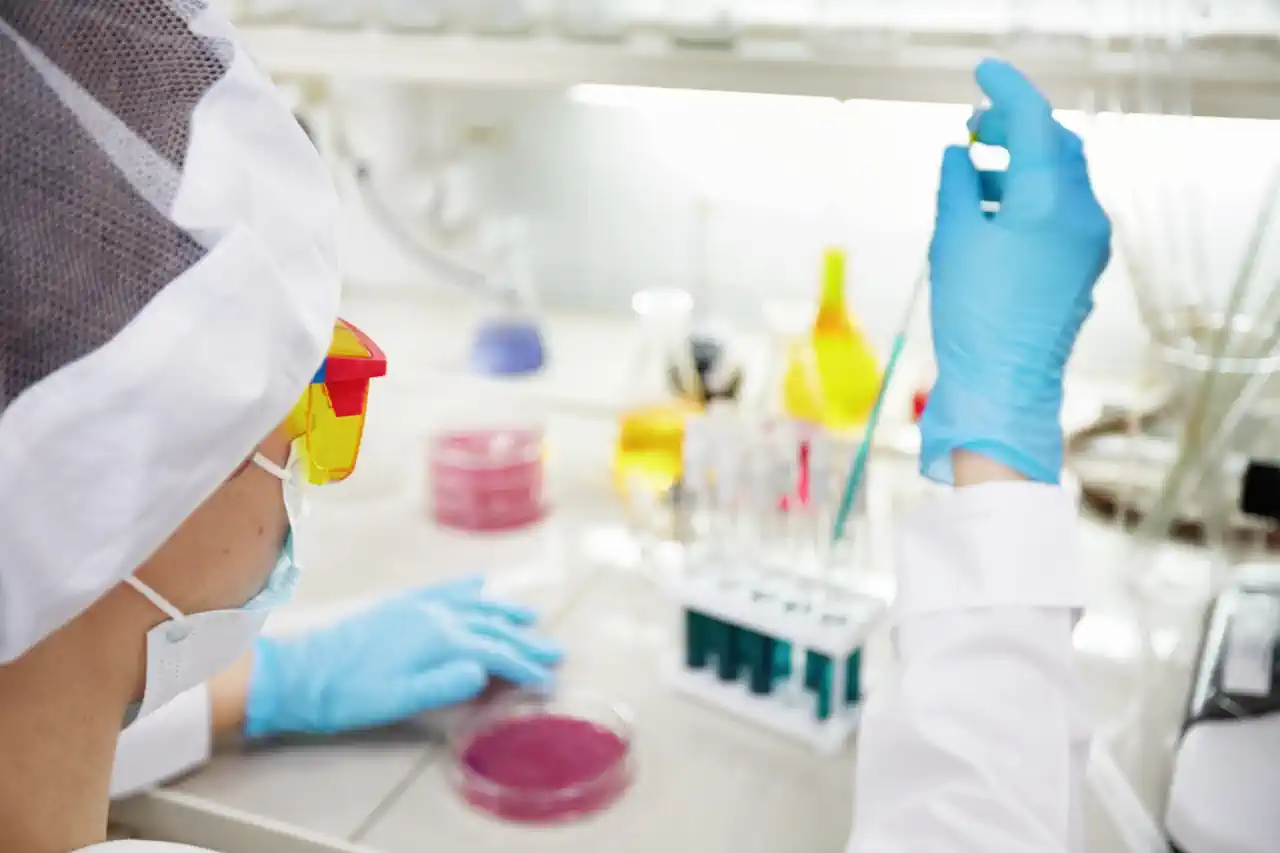Lab-grown meat, also known as cultured meat or cellular agriculture, has been a topic of growing interest and excitement in the food industry. This innovative technology offers a sustainable and ethical alternative to traditional livestock farming. As lab-grown meat continues to gain popularity, the role of regulatory agencies like the FDA (U.S. Food and Drug Administration) in overseeing its production and sale becomes increasingly crucial.
In recent years, lab-grown meat has made significant strides in research and development. Companies like Memphis Meats, Impossible Foods, and Beyond Meat have invested heavily in this technology, striving to create a product that not only replicates the taste and texture of traditional meat but also has a lower environmental impact and addresses ethical concerns related to animal agriculture.
The FDA’s Decision
The FDA officially announced its approval of lab-grown meat, also known as cultured or cell-based meat. This decision comes after years of rigorous testing, research, and assessment of the safety and nutritional aspects of these alternative meat products. The regulatory clearance is a testament to the growing acceptance and potential benefits of lab-grown meat in addressing some of the challenges faced by traditional meat production methods.
What Is Lab-Grown Meat?
Lab-grown meat, also known as cultured meat, cell-based meat, or cultivated meat, is a novel approach to producing meat products without the need to raise and slaughter animals. Instead of traditional livestock farming, lab-grown meat is created through cellular agriculture techniques, where animal cells are cultivated and harvested in controlled laboratory settings. Here’s a more in-depth look at the process:
1. Cell Sourcing: The process begins with the collection of a small sample of animal cells. These cells can be sourced from various animals, including cows, chickens, pigs, and fish. These cells typically include muscle cells (myocytes), fat cells (adipocytes), and connective tissue cells.
2. Cell Culture: The collected cells are then placed in a nutrient-rich culture medium that provides essential nutrients, such as amino acids, vitamins, and minerals. This medium mimics the conditions found in the animal’s body, allowing the cells to proliferate and grow.
3. Bioreactor Cultivation: The cell culture is transferred to bioreactors, which are specialized tanks or vessels designed to provide a controlled environment for cell growth. Within the bioreactor, the cells continue to multiply and form muscle tissue and fat, which are the primary components of meat.
4. Tissue Assembly: The cultivated muscle and fat cells self-organize into three-dimensional structures, similar to how muscle and fat develop in an animal’s body. These structures gradually form the desired meat product.
5. Harvesting and Processing: Once the lab-grown meat has reached the desired maturity, it is harvested, processed, and formed into various meat products, such as burgers, nuggets, or steaks. The texture, flavor, and appearance of the final product closely resemble conventional meat.
Advantages of Lab-Grown Meat:
- Sustainability: Lab-grown meat production is more resource-efficient than traditional livestock farming. It requires significantly less land, water, and energy, reducing the environmental impact associated with meat production.
- Animal Welfare: Since lab-grown meat does not involve raising and slaughtering animals, it eliminates many of the ethical concerns related to animal welfare.
- Reduced Foodborne Risks: Lab-grown meat has the potential to reduce the risk of foodborne illnesses associated with conventional meat production, as it can be produced in a controlled, sterile environment.
- Customizable Nutrition: Researchers can fine-tune the nutritional content of lab-grown meat, making it possible to create healthier meat products with specific nutrient profiles.
Challenges and Future Prospects
- Production Cost: One of the primary challenges facing lab-grown meat is the high production cost. Currently, the process of culturing and producing meat cells in bioreactors can be expensive due to the need for specialized equipment, growth media, and research and development efforts. Reducing production costs is a critical hurdle to make lab-grown meat competitive with traditional meat.
- Scaling Up Production: To meet consumer demand and make lab-grown meat a viable alternative to conventionally produced meat, the industry needs to scale up production significantly. Mass production at an industrial scale is a complex task that involves optimizing cell culture processes, developing larger bioreactors, and establishing efficient supply chains.
- Consumer Acceptance: Lab-grown meat faces challenges related to consumer acceptance and perception. Many consumers are unfamiliar with the technology, and there may be concerns about safety, taste, and quality. Effective communication and education about the benefits and safety of lab-grown meat are essential to gaining consumer trust.
- Regulation and Labeling: Establishing clear regulations and labeling standards for lab-grown meat products is crucial. Ensuring that consumers can distinguish between lab-grown and conventionally produced meat is important for transparency and safety.
- Texture and Taste: Achieving the exact texture and taste of traditional meat can be challenging. While significant progress has been made in replicating these aspects, further research is needed to perfect the sensory qualities of lab-grown
The FDA’s decision to clear lab-grown meat for consumption represents a pivotal moment in the evolution of the food industry. This development not only showcases the potential of cutting-edge food technology but also underscores the urgency of finding sustainable and ethical solutions to address the challenges of traditional meat production.
As lab-grown meat becomes more readily available to consumers, it has the potential to reshape the way we think about meat production and consumption. This innovative approach aligns with the growing demand for sustainable, ethical, and healthy food options and may ultimately pave the way for a more environmentally friendly and humane food future.

